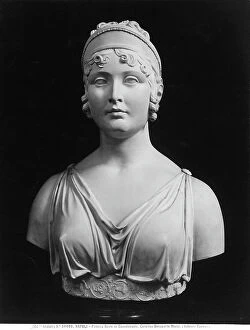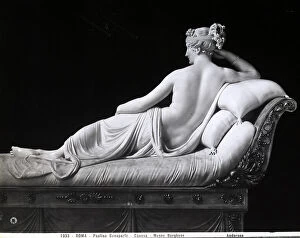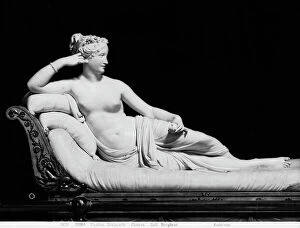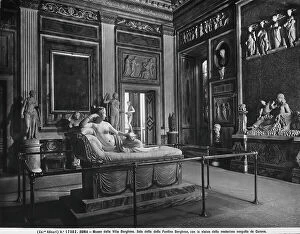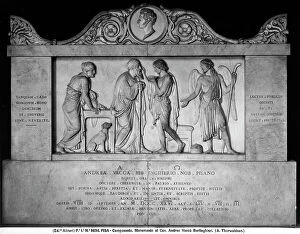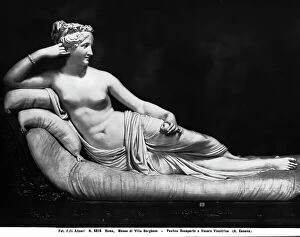Of The Nobilityneoclassicism Collection
Neoclassicism, a movement that emerged in the 18th century, brought forth a revival of classical art and architecture
For sale as Licensed Images
Choose your image, Select your licence and Download the media
Neoclassicism, a movement that emerged in the 18th century, brought forth a revival of classical art and architecture. Piazza Napoleone in Lucca showcases this aesthetic with its grandeur and elegance. The Palazzo della Provincia stands tall, exuding nobility and sophistication. In the center of the square, the Monument to Maria Luisa di Borbone pays tribute to her regal presence. The Borghese Gallery in Rome is home to several remarkable neoclassical masterpieces. Among them is Antonio Canova's sculpture of Pauline Bonaparte Borghese as Venus Victrix. This exquisite piece evokes both grace and strength, capturing Pauline's beauty for eternity. In another room of the gallery, we find Canova's marble statue depicting Paolina Bonaparte as Venus Triumphant. Here she stands as an embodiment of victory and allure, showcasing Canova's mastery over sculpting delicate features. Moving on from Rome to Naples, we encounter Caroline Bonaparte immortalized through a bust by Antonio Canova at the National Museum of Capodimonte. The intricate details capture her refined features while reflecting Neoclassical ideals. Maria Teresa porcelain piece from Manifattura di Capodimonte further exemplifies Neoclassicism's influence on various art forms beyond sculptures alone. This delicate creation showcases fine craftsmanship combined with classical motifs. Traveling back to Florence brings us to the Basilica of Santa Croce where we can admire the Monumento to Marchese Luigi Bartolini Baldelli in its cloistered setting. This monument epitomizes neoclassical style with its clean lines and harmonious proportions. Finally, venturing into Pisa leads us to discover Berthel Thorwaldsen's work - Tomb of Andrea Vacc located within Camposanto - which demonstrates how even funerary art embraced neoclassical aesthetics during this period.

